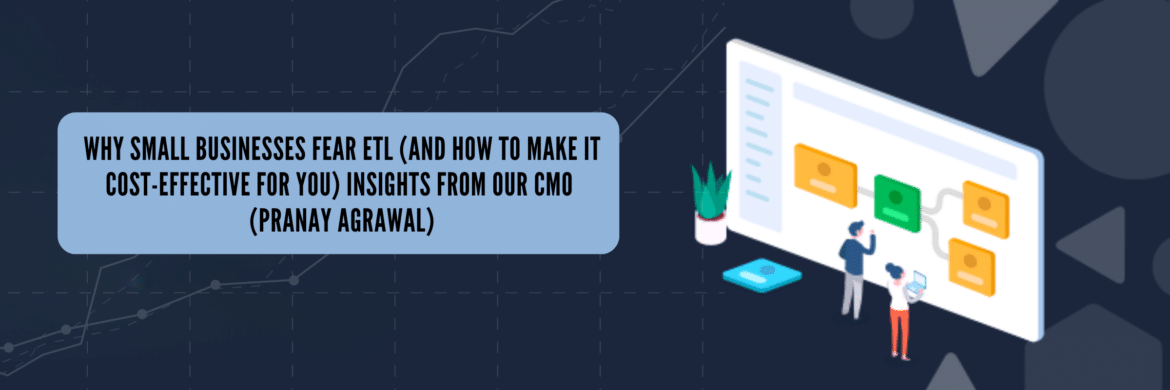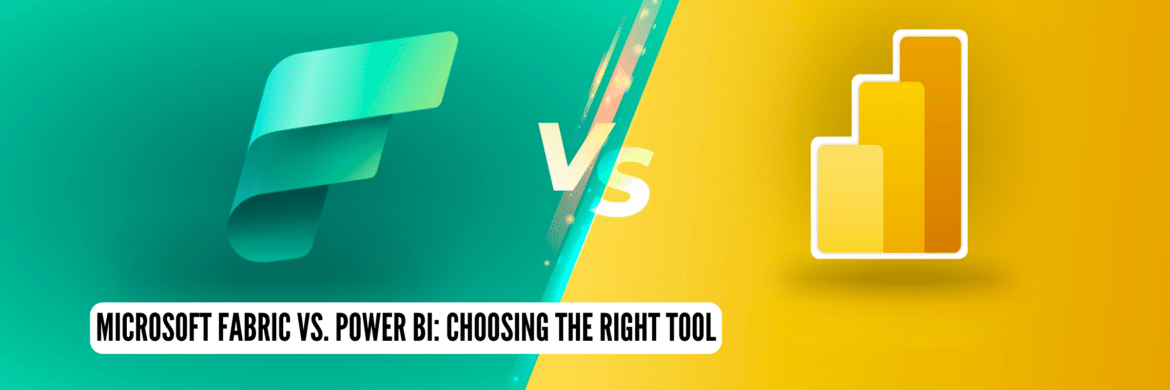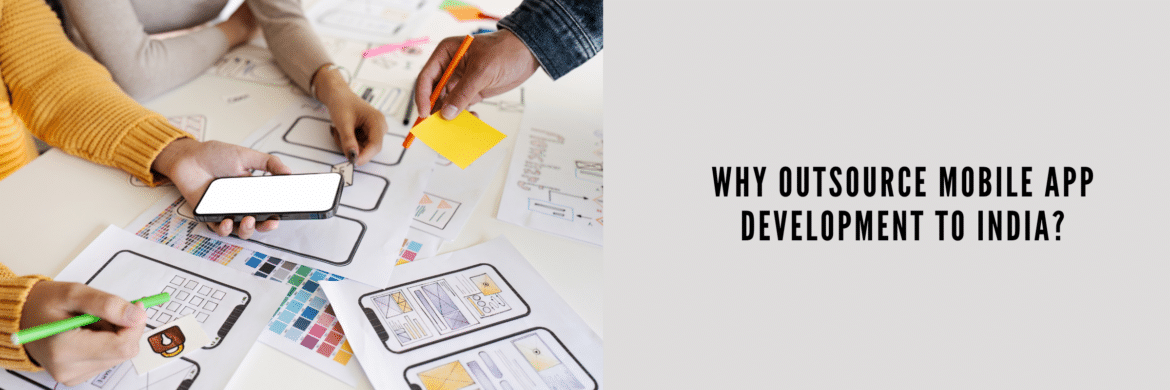
How Can Microsoft Fabric Revolutionise Data Analytics?
Tarsem Singh | February 29, 2024 , 9 min read
Table Of Content
Many companies are eager to centralize and simplify their data management by adopting sophisticated data lake strategies. The aim is to eliminate data silos and ensure top-notch analysis, security, governance, and discovery. However, creating and managing these enterprise data lakes can be challenging, often involving complex projects with basic storage and extensive custom code. This can lead to scalability, collaboration, compliance, security, and governance issues.
To address these challenges, Microsoft introduced Microsoft Fabric, a SaaS platform integrating Power BI, Microsoft’s established business intelligence suite, with Data Factory and Azure Synapse Analytics.
When Fabric debuted, Microsoft’s chairman and CEO, Satya Nadella, hailed it as the tech giant’s most significant new data product since SQL Server in 1989.
David Menninger, an analyst at Ventana Research, shared Nadella’s sentiment, noting, “If ‘biggest’ is measured by the breadth and depth of the product, then you would have to agree that this is the biggest data product from Microsoft since SQL Server.”
We’ll explore Microsoft Fabric and its features.
Key Takeaways
- Microsoft Fabric is a unified SaaS platform that integrates Power BI, Data Factory, and Azure Synapse for end-to-end data analytics.
- Microsoft Fabric introduces OneLake, a centralized multi-cloud data lake enabling seamless data access without duplication.
- Integrated AI Copilot boosts productivity by assisting users in tasks like model building, dashboard creation, and debugging.
- Microsoft Fabric simplifies collaboration by consolidating tools and interfaces for different data roles into a single environment.
- Microsoft Fabric supports future-ready data storage using durable glass-based technology, enhancing long-term archiving and analytics potential.
What is Microsoft Fabric?
Microsoft Fabric is a new approach to data integration, management, and analytics. It consolidates several capabilities to help customers model and analyze data differently.
The core of Fabric is Power BI, a traditional BI platform that allows users to create and consume data products such as reports, dashboards, and AI and machine learning models. Azure Synapse Analytics, a cloud-based service catering to data integration, warehousing, and big data analytics, complements this. Fabric also includes Azure Data Factory, a service that facilitates data extraction, transformation, and loading at scale.
OneLake, a multi-cloud data lake that connects to all data workloads within Fabric, is a notable addition to the suite. OneLake provides quick access to various data sources, including Azure Data Lake Storage Gen2 and Amazon S3.
In simple terms, Fabric is a Software as a Service (SaaS) product designed to bring together different data sources. It is a powerful platform for data professionals and business users to collaborate on data projects. Users can store, create, edit, explore, and collaborate on data projects, whether they are small-scale or enterprise-level.
In another sense, Microsoft has integrated all the essential data tools for data engineering, warehousing, monitoring, science, visualization, and analytics into a lakehouse architecture.
This eliminates the need to manage multiple analytics services from different vendors. Instead, Fabric offers a seamless solution that is easy to connect to, onboard, and operate. Fabric also integrates well with external sources through Data Factory and new Shortcuts, allowing businesses to leverage their existing infrastructure.
During the Build conference, the Fabric team unveiled two video overviews offering a comprehensive introduction to Fabric from start to finish. These demos highlight various Fabric experiences, workloads, and capabilities.
If you prefer visual learning, this video can be an ideal starting point. However, even if you don’t, they are essential viewing for anyone looking to understand Fabric, its functionality, and its significance in their data journey.
Microsoft Fabric Launch Digital Event (Day 1)
Fabric’s Features
Some of Microsoft Fabric’s features are:
1. Integrated AI Copilot
The Integrated AI-powered Microsoft Copilot can help enhance the workflow of every user persona by providing intelligent and targeted assistance. For example:
- Data scientists can request Copilot to develop a machine-learning model for forecasting.
- Data analysts can ask Copilot to create a sales dashboard for tracking month-over-month trends.
- Data engineers can seek Copilot’s help in troubleshooting problematic API code.
2. Get everything you need in one place
All the necessary tools, data, and users are consolidated into a single location, eliminating the need to switch between SQL Server, Power BI, Azure Synapse, and Azure ML to perform tasks.
Users can access all the features of Fabric through their web browser. They can easily switch between different “personas” and their respective user interfaces, such as the data scientist UI and data analyst UI, all within the same interface. Developers can continue using VS Code remotely with a smooth transition.
3. Data modelling
Building data models on your data can be extremely helpful for your organization. By creating standardized and reliable models, everyone in your team can access and utilize the data efficiently. This can help make informed decisions and identify patterns or trends that might not be visible otherwise.
4. Shortcuts allow you to connect to external data sources
Shortcuts in Fabric provide access to data stored in external storage services. They enable data reuse without the need for copying or preserving the work already completed. Shortcuts can be created for various services like Databricks, AWS, GCP, and Azure. For instance, you can create a shortcut to an AWS S3 bucket, which will be accessible within Fabric OneLake without the need to copy the data into OneLake’s storage physically. This provides instant access to the data as if it were imported directly.
5. ACID Transaction guarantees
Once the lake files are designated as Delta Lake Tables, transaction guarantees are ensured through Delta Lake logs. This means that the datasets are version-controlled and it is possible to revert to previous states (time-travel). The open-source Delta Lake parquet data storage format also provides flexibility and freedom, preventing lock-in.
6. Discover high-quality, well-organized, and verified data through the OneLake data hub
Fabric’s OneLake is more than a storage solution. It is a central hub for governance and collaboration, ensuring your data is securely protected and governed within a versatile location. The data hub allows you to locate data efficiently based on specific domains such as finance, operations, marketing, etc. Certified users can designate content that meets organizational certification standards, ensuring that reliable data is easily accessible to authorized users throughout your organization.
7. Explore your data with ease using the Lakehouse Explorer
Explore data with ease! Preview data instantly upon click, making exploration faster than repeatedly using “SELECT TOP 100 *”.
What’s the goal of Microsoft Fabric?
Its goal is to offer an analytics service that is efficient and quick. Allowing businesses to perform end-to-end analytics, from data collection to obtaining valuable insights. This service is offered as a Software-as-a-Service (SaaS), which means it is cloud-based and accessible from anywhere.
With Microsoft Fabric, integration with other services is seamless, making data more easily accessible to business users. Additionally, it uses AI to increase productivity, making it a valuable tool for businesses of all sizes.
How Can Microsoft Fabric Revolutionise Data Analytics?
While Microsoft Fabric is not directly related to data analytics, it could potentially revolutionize data storage, which is a crucial component of data analytics—particularly for any data analytics service provider handling vast amounts of long-term data.
Traditional data storage methods, such as magnetic tapes and hard drives, have limitations in terms of durability, longevity, and data density. Microsoft Fabric, on the other hand, uses lasers to encode data in glass, which is extremely durable and has a potentially infinite lifespan if stored correctly.
This technology could revolutionize data analytics by providing a more reliable and long-lasting storage solution for large datasets. It could also improve data access speeds, as glass-based storage could potentially be faster than traditional storage methods.
Additionally, Microsoft Fabric could enable new possibilities in data archiving and long-term storage, allowing organizations to store vast amounts of data for extended periods without degradation or loss.
Conclusion
Microsoft Fabric marks a crucial achievement in Microsoft’s efforts to transform the analytics landscape. It aims to streamline analytics workflows, unify data sources with a lake-centric architecture, and facilitate seamless integration with Power BI and Office. This empowers organizations to derive maximum value from their data.
Microsoft Fabric strives to offer a unified and efficient analytics platform that simplifies processes, encourages collaboration, and improves data accessibility, all while maintaining a strong focus on security and governance.
Frequently Asked Questions (FAQs)
Q: What are the limitations of Power Apps?
While Power Apps is a powerful tool for building business applications, it does have some limitations. For example, there are limits on the number of records that can be retrieved from data sources, and certain advanced features may not be supported in all scenarios.
Q: Can I customize the look and feel of my Power App?
Yes, Power Apps allows you to customize the look and feel of your app, including the layout, colors, and fonts. You can also use custom branding to match your app to your organization’s brand identity.
Q: How can I collaborate with others on building a Power App?
Power Apps allows for collaboration through features such as sharing and co-authoring. You can share your app with others to collaborate on its development, and multiple users can work on the app simultaneously.
Related Blogs

Why Small Businesses Fear ETL (And How to Make It Cost-effective for You) Insights from Our CMO (Pranay Agrawal)
Discover how small businesses can leverage ETL (Extract, Transform, Load) to simplify data management, boost efficiency, and drive growth without breaking the bank.
ScaleupAlly Team
Sep 8 ,
11 min read

Microsoft Fabric vs. Power BI: Choosing the Right Tool
Struggling to choose between Microsoft Fabric and Power BI? This guide breaks down their strengths, weaknesses, and ideal uses to help you pick the perfect data analysis tool.
Tarsem Singh
Jul 17 ,
13 min read

Why Outsource Mobile App Development to India?
Looking to outsource mobile app development to India? Here are some benefits of mobile app development outsourcing to India.
Suprabhat Sen
Oct 31 ,
11 min read


